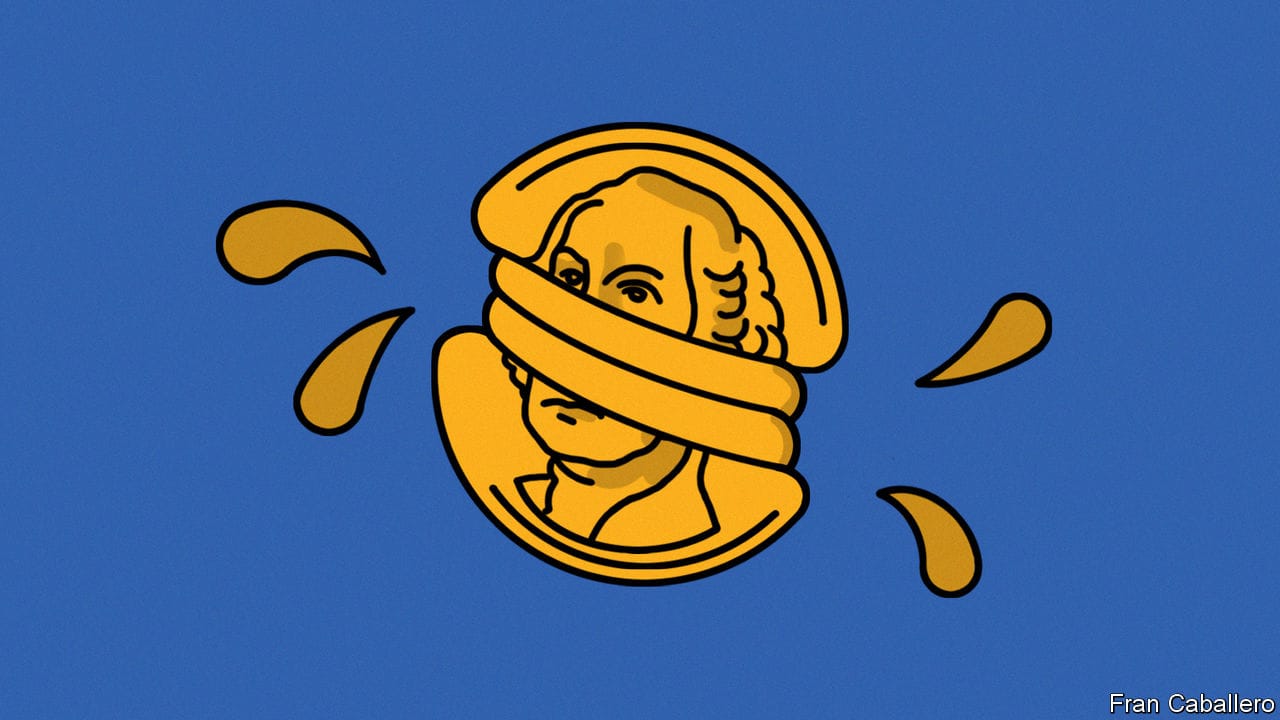- by
- 01 30, 2025
-

-
-
Loading

Loading


make $2.5trn of cash vanish without anyone much noticing? That is the improbable, even audacious, mission the Federal Reserve has begun, trying to shrink its vast balance-sheet while minimising disturbances to the economy. The process—known as “quantitative tightening” ()—got under way in mid-2022. The Fed has already shed nearly $500bn in assets, a good first step. But recent ripples in the banking system hint at turbulence ahead. Some analysts and investors think these strains will ultimately force the Fed to call off well ahead of schedule. Others suspect that the central bank still has time, and tools, on its side.It may sound like a technical and arcane debate. It is most certainly complex. But it also gets to the heart of modern monetary policy. The Fed, like other central banks, has come to rely on quantitative easing ()—purchasing assets, especially government bonds, on a giant scale—to calm financial markets and boost the economy during severe downturns. For to work in the future, must work now: expanding balance-sheets in bad times is only sustainable if they shrink in good times, otherwise they will ratchet ever higher.